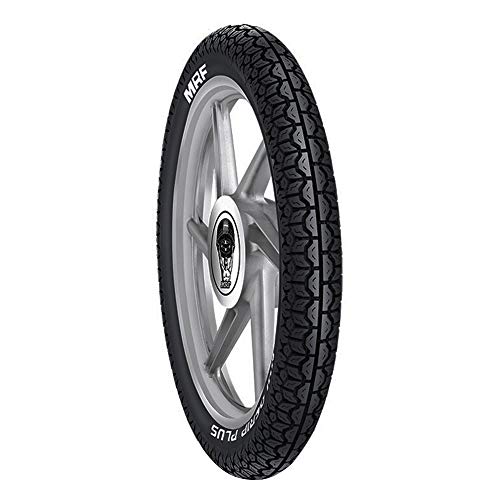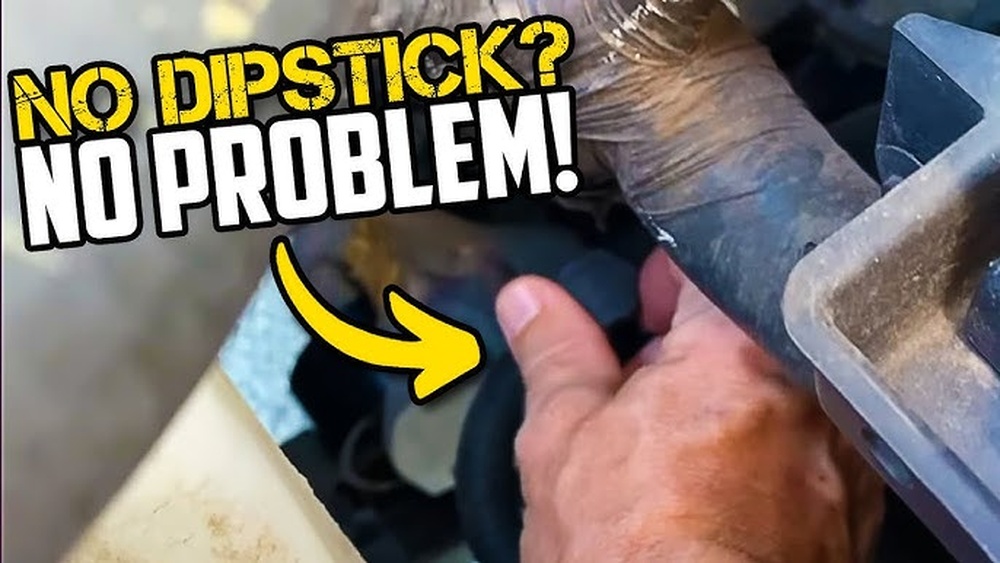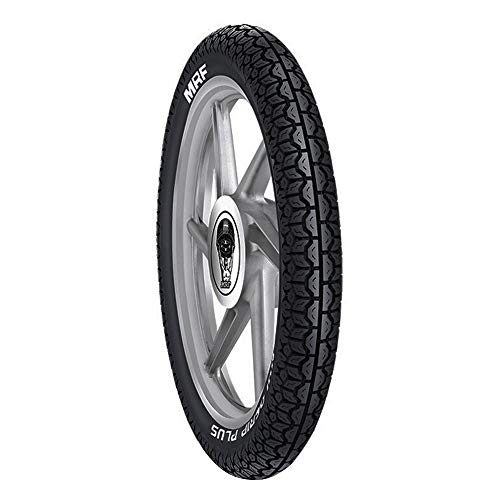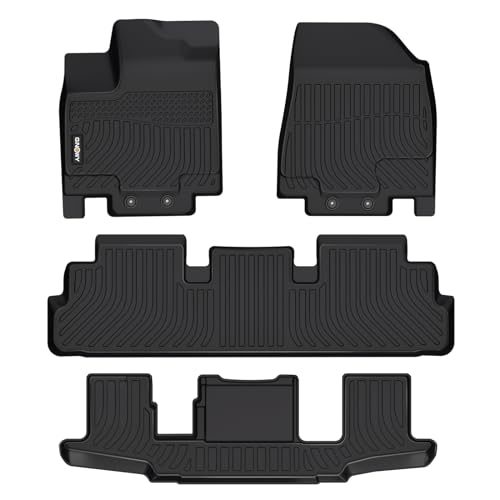If you drive a Nissan Altima with a CVT transmission, you might have noticed there’s no traditional dipstick to check the transmission fluid. This can leave you wondering how to make sure your CVT fluid is at the right level without risking damage to your car.
Knowing how to check your CVT fluid properly is crucial for keeping your Altima running smoothly and avoiding costly repairs. You’ll discover simple, step-by-step instructions to check your CVT fluid level safely and accurately—even without a dipstick. Keep reading to protect your car and save money on maintenance.
Cvt Fluid Basics
Understanding the basics of CVT fluid is key for maintaining your Nissan Altima. CVT fluid keeps the transmission running smoothly and prevents damage. Knowing what it is and why its level matters helps you care for your car better.
What Is Cvt Fluid
CVT fluid is a special type of oil designed for Continuously Variable Transmissions. It is thinner than regular transmission fluid. This fluid lubricates and cools the transmission parts. It also helps transfer power from the engine to the wheels. The right fluid keeps the transmission efficient and extends its life.
Why Fluid Level Matters
The fluid level in a CVT affects how well the transmission works. Too little fluid can cause slipping or overheating. Too much fluid can cause leaks or foaming. Both cases may lead to costly repairs. Checking the fluid level regularly keeps the transmission healthy and your ride smooth.
Nissan Altima Cvt Features
The Nissan Altima uses a Continuously Variable Transmission (CVT). This system improves fuel efficiency and provides smooth driving. The CVT in the Altima is designed with modern features to enhance performance. One unique aspect is the absence of a traditional dipstick for fluid checks. This design choice impacts how you check and maintain the CVT fluid. Understanding these features helps you care for your car better.
No Dipstick Design
The Nissan Altima CVT does not have a dipstick. This is different from older cars that use dipsticks to check transmission fluid. The no dipstick design helps reduce leaks and contamination. It also makes the engine bay look cleaner and less cluttered. This design requires special tools and procedures to check the fluid level accurately. It means you cannot simply pull a dipstick to check the fluid yourself.
Fluid Check Alternatives
Nissan provides other ways to check CVT fluid levels. Usually, this involves a service port or a specific check plug. Mechanics use these points to measure fluid level and condition. Some models may require lifting the car for accurate checks. Nissan recommends that only trained technicians perform fluid checks. Regular maintenance at service centers ensures the CVT stays in good condition. This approach helps avoid damage and extends transmission life.
Preparing To Check Fluid
Checking the CVT fluid level in a Nissan Altima without a dipstick needs careful preparation. This step ensures you get accurate results and avoid damage. Proper preparation makes the process smooth and safe.
Gathering Tools
Start by collecting the right tools. You will need a jack and jack stands to lift the car safely. A flashlight helps you see under the vehicle. Also, have a clean rag or paper towels ready for spills. A funnel can be useful for adding fluid later. Make sure you have the correct CVT fluid recommended for your Altima.
Safety Precautions
Safety is very important. Park your car on a flat surface and set the parking brake. Turn off the engine and let it cool before starting. Wear gloves to protect your hands from hot parts and fluid. Use jack stands; never rely on the jack alone. Keep a fire extinguisher nearby, just in case. Work in a well-ventilated area to avoid fumes.
Step-by-step Fluid Check
Checking the CVT fluid level in a Nissan Altima without a dipstick requires a clear process. Follow each step carefully to ensure the fluid level is correct. This helps keep the transmission running smoothly and prevents damage.
Warm Up The Engine
Start the engine and let it run until it reaches normal operating temperature. This usually takes about 10 to 15 minutes. Warm fluid flows better and gives a more accurate reading.
Locate The Check Plug
Find the check plug on the transmission case. It is usually on the side of the transmission. Use the vehicle manual or a guide to identify the exact location.
Remove The Plug Carefully
Use the correct tool to loosen the check plug slowly. Be ready for some fluid to leak out. Remove the plug completely once the fluid starts to drip.
Assess The Fluid Level
Look at the fluid coming out of the check hole. The fluid should be level with the bottom of the hole. If it flows out steadily, the level is correct. If not, more fluid may be needed.
Reinstall The Plug
Put the check plug back in and tighten it firmly. Do not overtighten to avoid damage. Clean any spilled fluid from the transmission surface.
Fluid Top-up Tips
Checking and topping up the CVT fluid in a Nissan Altima without a dipstick needs care. The right fluid and correct adding method keep your transmission healthy. A small mistake can cause big problems. Follow these tips to avoid trouble.
Choosing The Right Fluid
Use only Nissan CVT fluid or an exact match. Other fluids can damage the transmission. Check your owner’s manual for the correct type. Buying the wrong fluid may lead to poor performance or costly repairs. Always buy from trusted stores or dealers.
Adding Fluid Correctly
Warm the engine before adding fluid. Park on a flat surface and keep the engine running. Find the fill plug under the vehicle or near the transmission. Use a clean funnel to avoid dirt entering the system. Add small amounts at a time. Check the level often to avoid overfilling. Tighten the fill plug securely after topping up.

Credit: newton.co.in
Signs Of Fluid Issues
Checking the CVT fluid level in a Nissan Altima without a dipstick can be tricky. Fluid issues often show clear signs. These signs help identify problems early. Watch for changes in sound, performance, and dashboard alerts. Acting on these signs prevents costly damage to your transmission.
Unusual Noises
Strange sounds from your transmission signal fluid problems. Listen for whining, buzzing, or clunking noises. These noises often mean low or dirty fluid. Proper fluid keeps the transmission parts smooth and quiet. Noises should never be ignored.
Transmission Performance
Fluid issues affect how your transmission shifts gears. Notice if shifting is slow, rough, or jerky. Slipping gears or delayed acceleration also point to fluid problems. Smooth and steady gear changes mean fluid levels are healthy.
Warning Lights
Dashboard warning lights can alert you to transmission trouble. The check engine light or transmission warning light may turn on. These lights show the car detected a fault. Never overlook these signals, as they can mean fluid or other transmission issues.
When To Visit A Mechanic
Knowing when to visit a mechanic for your Nissan Altima’s CVT fluid is important. Checking the fluid level without a dipstick can be tricky. Some issues need expert care to avoid damage. It is safer to let a professional handle complex tasks. Recognize signs that suggest it is time for a mechanic.
Complex Problems
Strange noises or rough shifting can signal serious problems. Leaks under the car are not normal. Fluid that looks dark or smells burnt means trouble. These issues need expert diagnosis and repair. Trying to fix complex problems alone may cause harm.
Professional Fluid Service
Flushing and replacing CVT fluid requires special tools and knowledge. Mechanics ensure the right fluid type and correct level. They prevent contamination and damage during the service. Regular professional checks help maintain smooth transmission performance. Trust trained technicians for safe and proper fluid care.

Credit: www.youtube.com

Credit: www.tomorrowstechnician.com
Frequently Asked Questions
How To Check Cvt Fluid Level Without Dipstick Nissan Altima?
To check Nissan Altima’s CVT fluid without a dipstick, use the transmission fluid plug. Warm up the engine, park on level ground, remove the plug carefully, and inspect fluid level and condition visually or with a tool.
What Tools Are Needed To Check Cvt Fluid Level?
You need a wrench to remove the transmission fluid plug and a clean container to catch fluid. A flashlight helps inspect fluid clarity and level during the check.
How Often Should Cvt Fluid Be Checked In Nissan Altima?
Check CVT fluid every 30,000 to 60,000 miles or as recommended in your owner’s manual. Regular checks ensure smooth transmission performance and prevent costly repairs.
What Symptoms Indicate Low Cvt Fluid In Nissan Altima?
Signs of low CVT fluid include slipping gears, delayed acceleration, overheating, and unusual noises. These symptoms signal the need for immediate fluid level inspection and possible refill.
Conclusion
Checking the CVT fluid level on a Nissan Altima without a dipstick is simple. Always warm the engine before you start. Use the transmission fluid check plug to see the level. Keeping the fluid at the right level helps your car run smoothly.
Regular checks prevent costly repairs later. Take your time and follow the steps carefully. Your Altima will thank you with better performance and longer life. Easy to do, and worth the effort.








